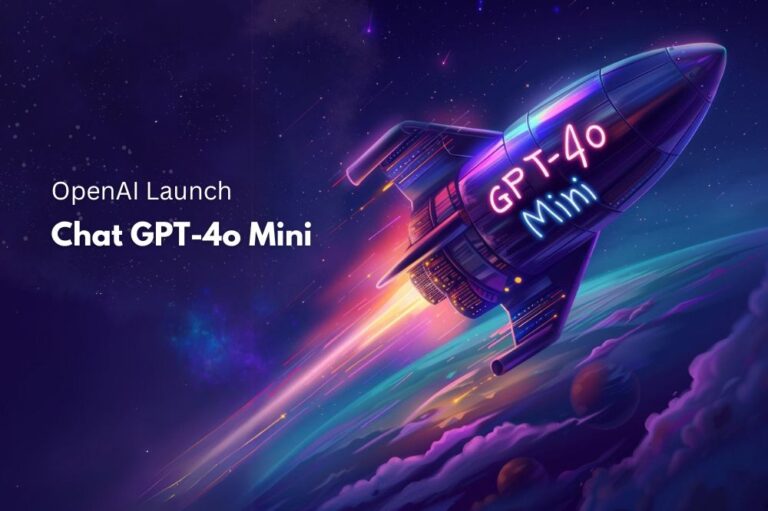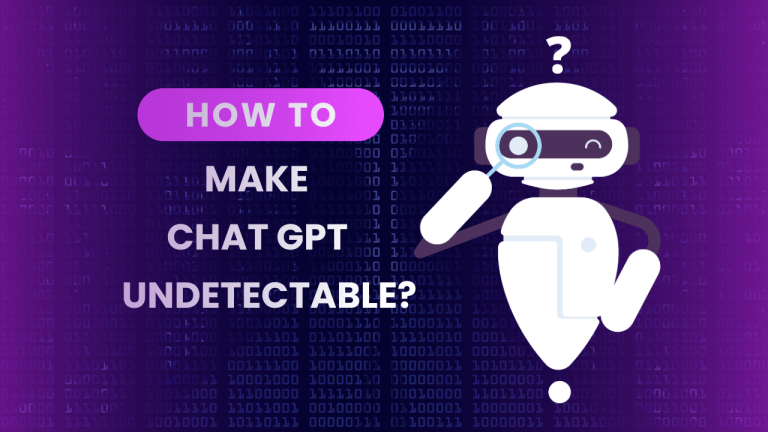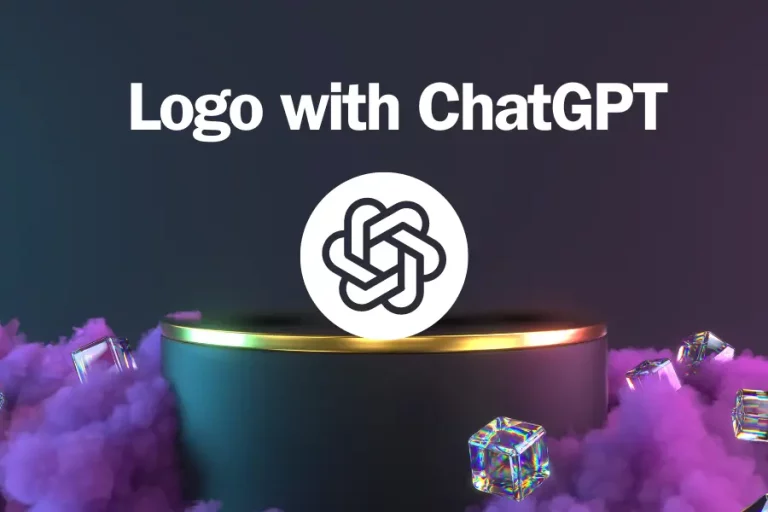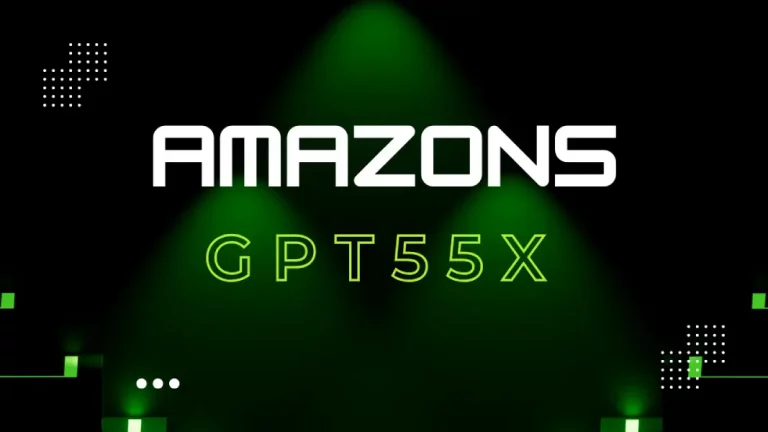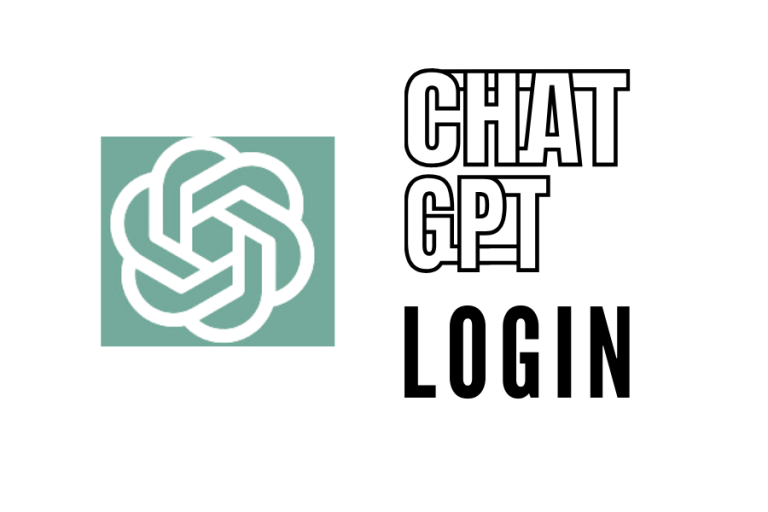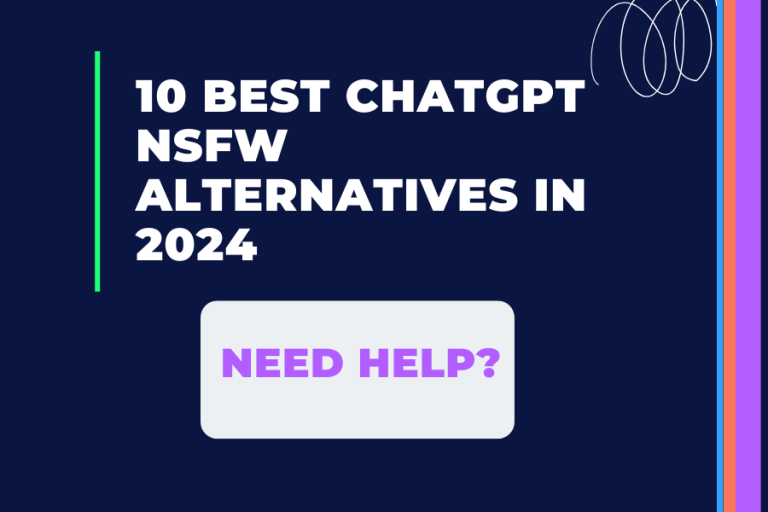Does ChatGPT Have a Character Limit? Here’s How To Fix It
You can write up to 4096 characters in ChatGPT prompts, and there’s a 4096 token limit for each chat. If you’re unsure about your prompt’s token count, you can check it using OpenAI’s Tokenizer tool.
Are you wondering if ChatGPT has a character limit or if it limits how many characters you can use in your questions or chats? Let’s explore these details in this easy guide.
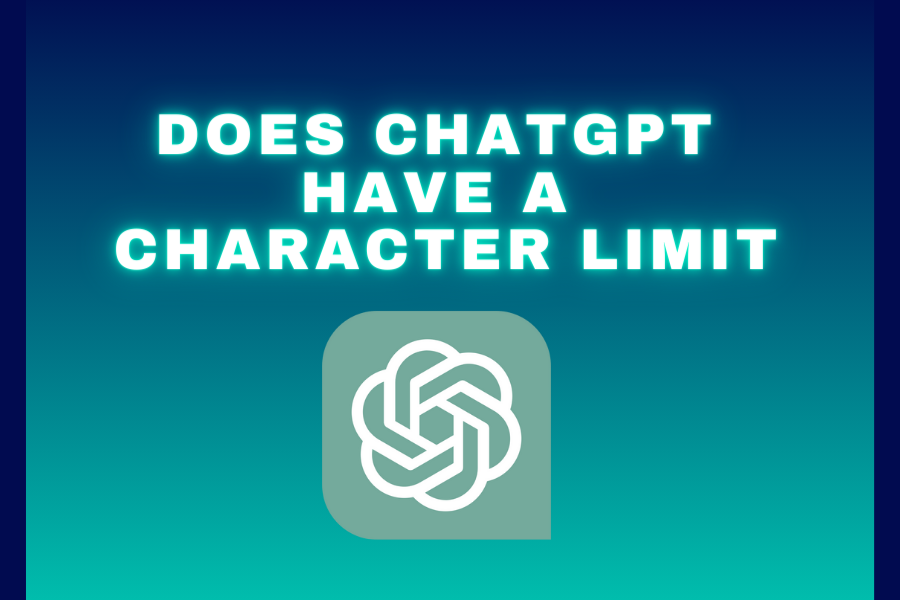
Does ChatGPT have a character limit?
Yes, ChatGPT has limits on both what you can write and what we can reply with. The limit for your input is about 4,000 characters. This limit usually fits most questions and discussions, but it’s not enough for very long texts or documents in a single message.
The answers in ChatGPT also have a length limit. The exact limit might be different based on the context and the model’s setup, but our goal is to give detailed and complete answers without giving too much text all at once.
If you have a long text you want to talk about or explore, it’s a good idea to split it into smaller parts and enter them one by one.
Sadly, even if you have a paid ChatGPT Plus subscription, these character and word limits stay the same. However, you can get around this by creatively crafting your prompts to pull out longer answers from the chatbot. We’ll go into more detail on this later.
In general, simple English words count as one token, but more complex or foreign words may need more tokens. You can see how many tokens are in a text with OpenAI’s Tokenizer tool. If you ask ChatGPT to write code or answer in a less common language, the response will use more tokens.
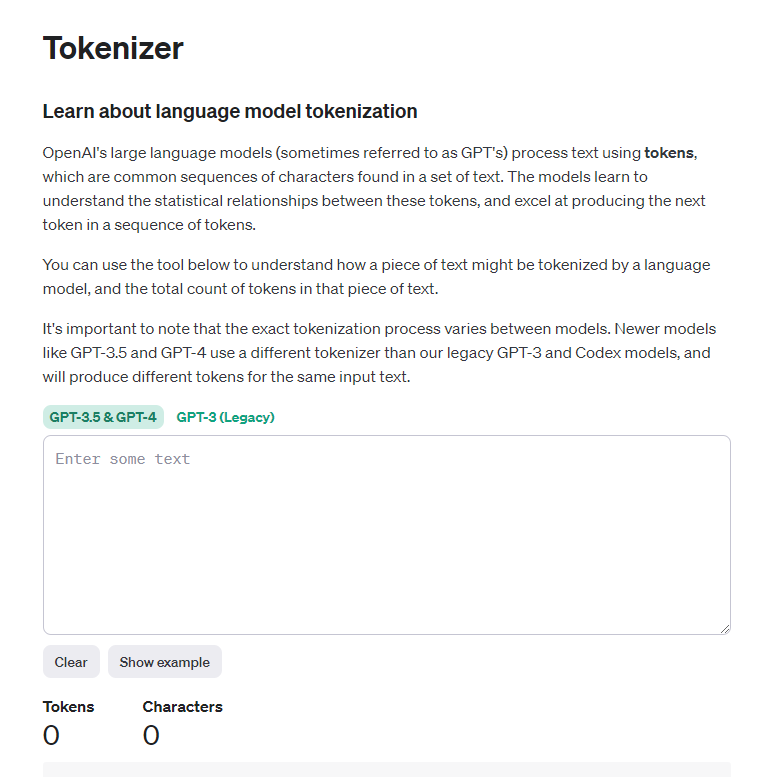
Read more: Best AI Paraphrasing Tools
Why does ChatGPT have a word or character limit?
ChatGPT isn’t the only AI chatbot available, but it’s one of the few you can use for free. This is because it costs a lot to process each answer. ChatGPT uses a complex large language model and needs a lot of computer power to create a response.
To get why an AI chatbot is expensive to run, think of the language model as a network, kind of like our brains. When you ask a chatbot for new text, it has to put words together in a way that makes sense. This is much harder than a simple Google search, which doesn’t have to make human-like language from scratch.
Reuters reported that Google might have to spend an extra $6 billion if it used a chatbot to give 50-word answers for half of its search questions. This might be why Google hasn’t added its Bard AI chatbot to all search results yet.
We’re not sure what OpenAI pays to run ChatGPT, but the cost goes up with longer outputs and more complex tasks. We’ve talked about output length before, which is about the number of tokens used. Complexity means all the things the chatbot has to think about before it picks the next word.
Microsoft has put a lot of money into OpenAI and might help with some computing costs through its Azure data centers. In return, it uses OpenAI’s big language models for Bing Chat.
Some ChatGPT alternatives stay free by showing ads. ChatGPT is also free for now, but this could change after the research preview period.

How to Fix ChatGPT’s Character Limit
If you hit ChatGPT’s character limit, don’t worry! There are ways to get around it with smart prompts and follow-up questions. Here are some tips to try next time you need a longer answer:
Keep going after an unfinished answer: If ChatGPT stops suddenly due to the character limit, just type “Continue” as your next prompt. You can even repeat the last sentence and ask ChatGPT to carry on from there.
Use a clearer prompt: If ChatGPT’s answer is too short and doesn’t reach the character limit, tweak your prompt. For example, ask for a specific word count like “Write a 500-word essay on climate change”. Remember, you can’t ask ChatGPT to write more than the character limit allows.
Break your task into parts: If you need ChatGPT to write a detailed essay, interactive brochure, story, or code, divide it into smaller sections or chapters. Then ask ChatGPT to create each part one by one. For instance, ask for an introduction first, then move on to each section until the end.
Here’s a useful tip from Adam Stewart, Fractional CMO at Digital Bond Marketing: “If I have more complex inquiries, I break them down into multiple parts to get detailed answers in digestible chunks. This way, the conversation flows naturally, and you get the insights you’re looking for without being overwhelmed.”
Ask for an outline: Struggling to split the task? Ask ChatGPT to do it for you. Give a title and any other important info for your essay or story, then ask ChatGPT to write each section step by step.
Try again if it freezes: If ChatGPT stops before reaching the limit, click “Regenerate response” to try again. Sometimes, ChatGPT might stop if it thinks the request breaks OpenAI’s content policy. If that’s the issue, look up how to work around ChatGPT’s limits.
Using these methods, you can usually get ChatGPT to create longer essays and stories than the character limit suggests. OpenAI’s new GPT-4 model gives even smarter and more creative answers, but it has the same response length limit.
Despite the character limit, ChatGPT is one of the most detailed chatbots out there. Compared to others like Bing Chat and Google Bard, we’ve found ChatGPT is still the best in this area.

